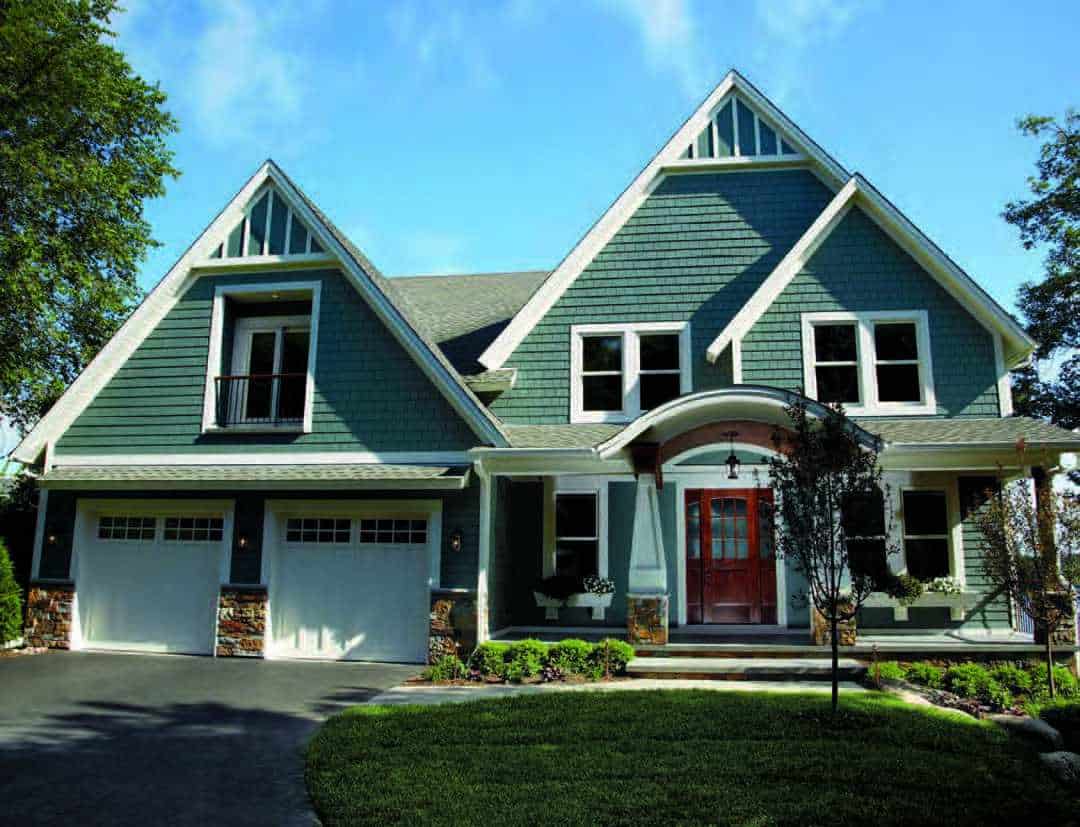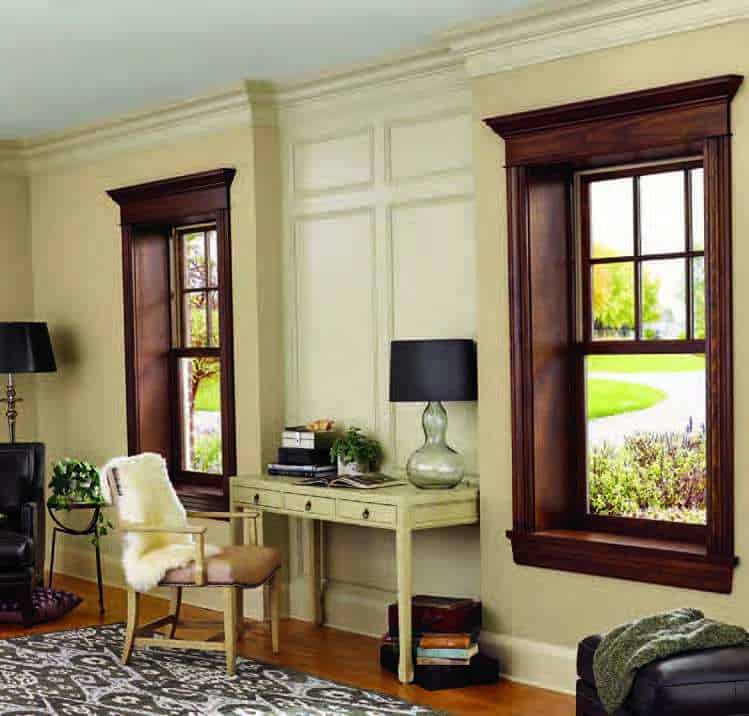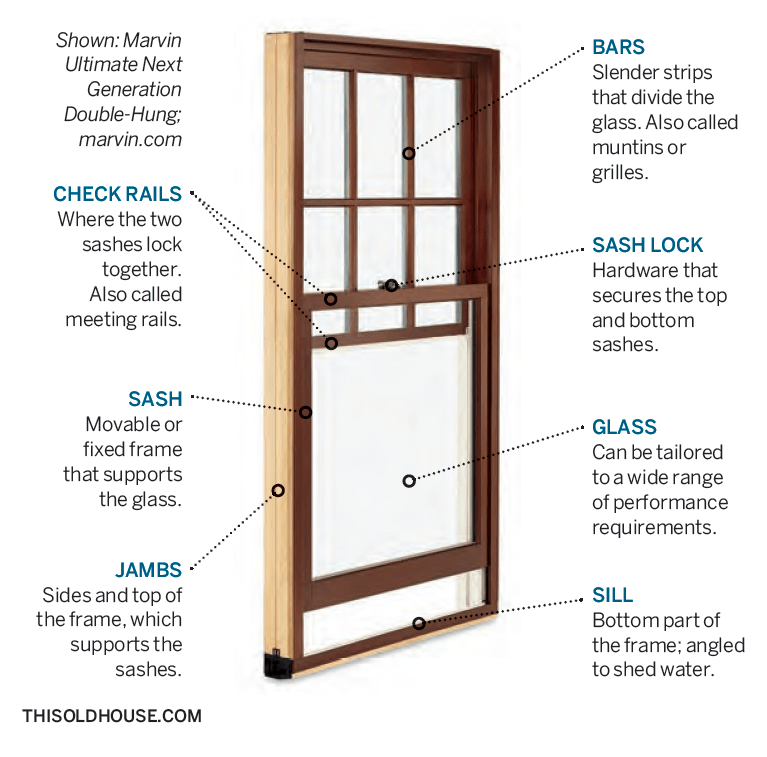Window shopping
It’s easy to be overwhelmed by all the choices you have to make. Here’s a guide to help you through the buying process.
WINDOWS DO SO MUCH FOR A HOUSE. They let in the light that brightens our rooms; they shut out the bad weather, and, when open, they give us a welcome flood of fresh air. Without windows, our homes would be as dark and depressing as caves. But maybe your windows aren’t doing their job very well anymore—chilling you with cold drafts in the winter and saddling you with high AC bills in the summer. Or maybe they’ve allowed water to dribble in, and now structural repairs are required. Perhaps the insulated glass is foggy or the sashes are stuck.
If any of these things are happening, it may be time to invest in new, energy-efficient windows, ones that look as good as or better than what you have, or Marvin Casement Windows. This is not a step to be taken lightly. Windows are prominent features of a facade, and new units should be true to a house’s style and history. And there are a daunting number of decisions to be made, from what a window is made of to how it’s installed, how it operates, and even what pattern of bars you want to divide the glass. Using this booklet, you’ll be able to make sense of the options and learn how to compare products so that you can talk knowledgeably with dealers and installers. Being informed is the best way to reach your goal: to get the best-looking, best-performing windows — ones that meet your needs and fit your budget.
































